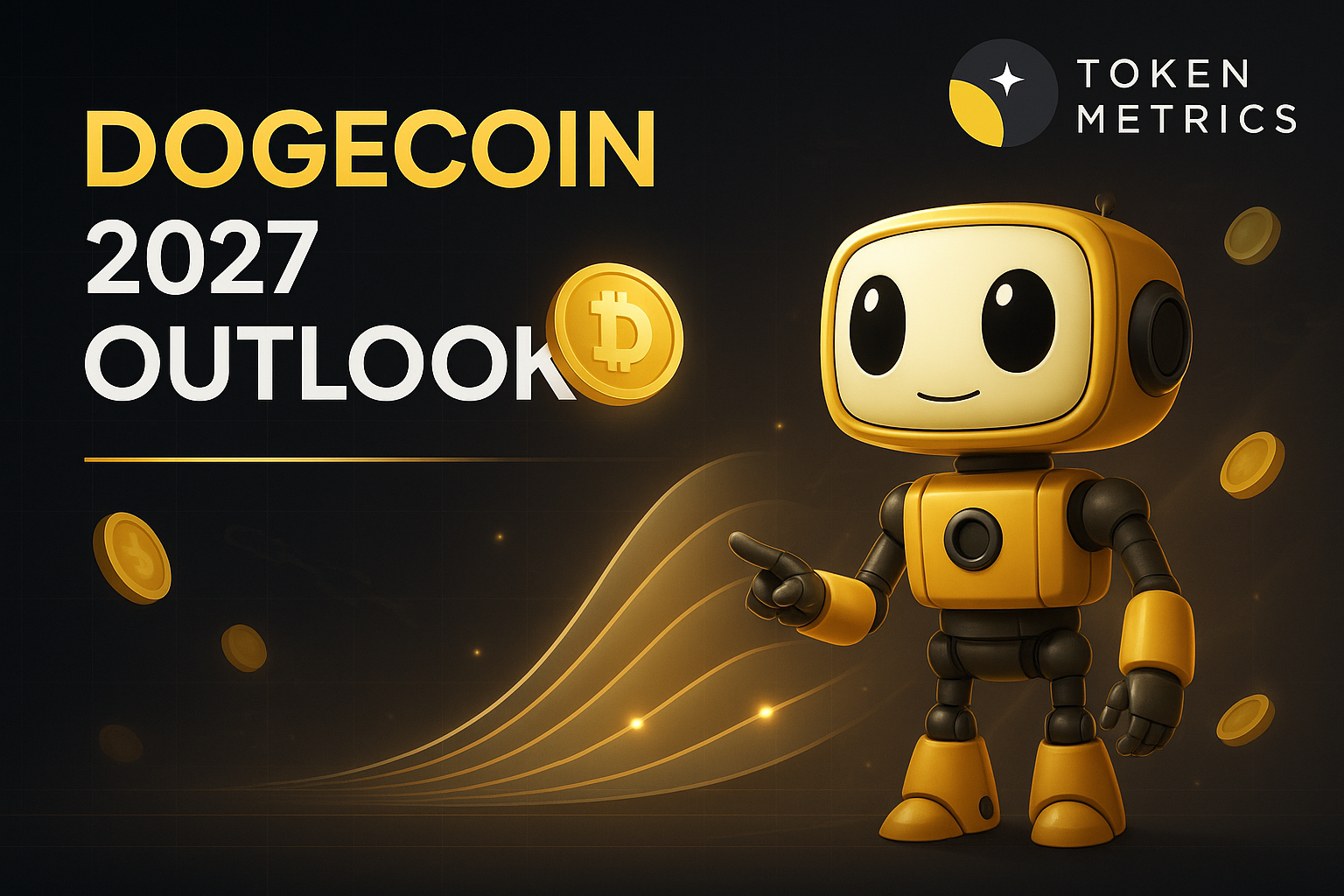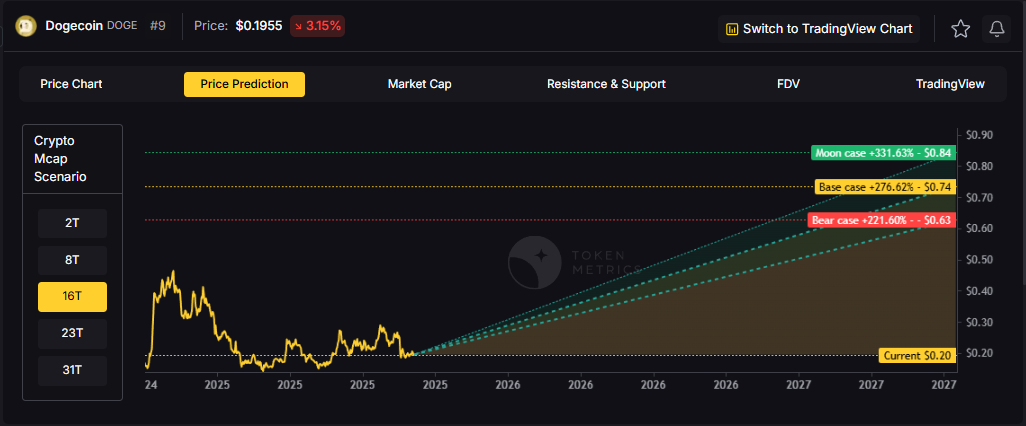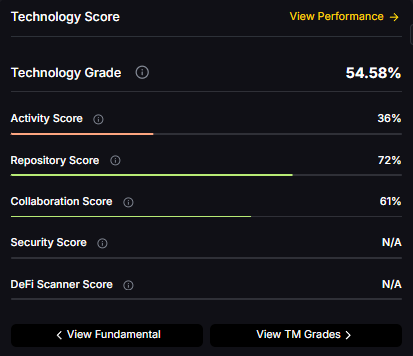
Primary vs Secondary Market - What’s the Difference?

Click here to buy Cryptocurrencies from Gate.io
In the vast and intricate world of finance, understanding the nuances of market structures is akin to understanding the rules of a game. Just as a chess player needs to know the difference between a pawn and a queen, an investor must discern the distinction between the primary and secondary markets.
These two arenas, while interconnected, serve diverse roles in the financial ecosystem, shaping how companies raise capital and how investors grow their wealth. But what exactly sets them apart, and where do their paths converge?
Whether you're a budding investor or a seasoned financial enthusiast, this guide promises to shed light on the intricate dance between the primary and secondary markets.
What are Markets?
At its core, a market is a space where buyers and sellers interact to exchange goods, services, or financial instruments. In the financial world, this often means securities like stocks, bonds, or, in the case of the crypto realm, tokens and coins.
What is Primary Market?
The primary market, often referred to as the "new issues market," is the venue where new securities are introduced to the financial world for the first time.
It serves as the gateway for companies, governments, or public sector institutions to raise capital by selling securities—such as shares, bonds, or debentures—to the public.
In this market, the issuing entity receives the capital directly from investors, as they purchase these securities straight from the issuer.
The price is usually predetermined, and the funds raised are often used for various purposes, including business expansion, debt repayment, or infrastructure development.
Key Characteristics
1. Issuance of New Securities: Companies or entities raise capital by selling new stocks, bonds, or tokens.
2. Direct Purchase: Investors buy these securities directly from the issuer, not from other investors.
3. Pricing: Prices in the primary market are often set in advance. For IPOs (Initial Public Offerings) in the stock world, or ICOs (Initial Coin Offerings) in crypto, the price is predetermined.
4. Usage of Funds: Money raised from the primary market goes directly to the issuer. This capital can be used for various purposes, including growth initiatives, paying off debt, or launching new projects.
Examples in Crypto - The rise of ICOs in 2017 and 2018 showcased the primary market in the crypto landscape. New tokens were offered to the public, raising funds for projects directly from prospective token holders.
What is the Secondary Market?
The secondary market, frequently termed the "aftermarket," is where securities are bought and sold after their initial issuance in the primary market.
It is here that the majority of trading activities occur, offering liquidity and a platform for price discovery. In the secondary market, transactions take place between investors, and the issuing company does not directly benefit from these trades.
Instead, investors trade among themselves, with prices determined by the prevailing supply and demand dynamics.
Key Characteristics
1. Trading Among Investors: Unlike the primary market, the secondary market involves trading between investors. The issuing entity is not directly involved.
2. Variable Pricing: Prices fluctuate based on supply and demand dynamics. Think of stock prices changing on the New York Stock Exchange or the value of Bitcoin shifting on Binance.
3. Liquidity: The secondary market often offers greater liquidity, meaning it’s easier to sell an asset and convert it to cash.
Examples in Crypto - Most cryptocurrency exchanges, like Coinbase, Binance, or Kraken, function as secondary markets. Once a token is launched through an ICO or a similar mechanism, it often gets listed on these exchanges, where it can be traded.
Click here to buy Cryptocurrencies from Gate.io
Primary vs Secondary Market - Key Differences
Below is a compilation of key differences that investors should be aware of prior to investing in either the primary or secondary market.
1 Introduction of Securities
Primary Market: New securities are introduced to the public for the first time, often through Initial Public Offerings (IPOs) for stocks or Initial Coin Offerings (ICOs) for cryptocurrencies.
Secondary Market: This is where these securities are traded post their initial issuance among investors.
2. Direct Transactions
Primary Market: Securities are bought directly from the issuer, meaning the company or entity receives the funds directly.
Secondary Market: Trading occurs between investors, without the issuing company's direct involvement.
3. Pricing Mechanisms
Primary Market: Prices are usually predetermined, ensuring that initial investors pay a consistent price.
Secondary Market: Prices fluctuate based on supply and demand dynamics, influenced by factors like company performance, economic indicators, and global events.
4. Capital Raising vs. Trading
Primary Market: Its main function is to allow companies to raise capital for various purposes, like expansion or debt clearance.
Secondary Market: Its chief purpose is to offer liquidity, allowing securities to be bought and sold with ease.
5. Liquidity Aspect
Primary Market: Typically, once you purchase a security here, you'll have to wait until it's available on the secondary market to trade or sell.
Secondary Market: Offers high liquidity, ensuring that investors can quickly sell their assets and convert them into cash.
6. Trading Platforms
Primary Market: Securities are often issued through direct platforms of the issuing company or through specific financial institutions.
Secondary Market: Most of the trading happens on established platforms, like stock exchanges for traditional securities or cryptocurrency exchanges for tokens and coins.
In summary, while the primary market is pivotal for companies aiming to raise funds by introducing new securities, the secondary market provides a robust platform for these securities' subsequent trading, ensuring liquidity and potential profit opportunities for investors.
Frequently Asked Questions
Q1. What is the role of brokers or intermediaries in these markets?
Brokers or intermediaries facilitate transactions between buyers and sellers. In the primary market, they might help companies navigate the process of issuing new securities, while in the secondary market, they assist in matching buyers with sellers, ensuring smooth trades on exchanges or OTC platforms.
Q2. Why might a company choose a private placement over an IPO in the primary market?
A company might opt for a private placement to raise capital more swiftly, bypass extensive regulatory requirements, or maintain greater confidentiality. It allows them to directly approach specific investors rather than the general public.
Q3. How does one access the OTC market for trading?
The OTC market doesn't operate via a centralized exchange. Instead, trades are facilitated through a network of dealers or brokers. Investors keen on OTC trading should approach specialized brokerage firms that offer access to this market.
Q4. What is meant by 'liquidity' in the context of the secondary market?
Liquidity refers to how easily and quickly an asset can be converted into cash without significantly affecting its price. A highly liquid market, like many secondary markets, ensures that securities can be sold readily.
Q5. Can individual investors participate in the primary market?
Yes, individual investors can participate in the primary market, especially during IPOs or rights issues. They can apply for securities through various platforms, often needing a brokerage account to do so.
Q6. How do global events influence the secondary market?
Global events, such as political upheavals, economic downturns, or even health crises, can significantly impact investor sentiment, leading to price fluctuations in the secondary market. These events can affect supply and demand dynamics, company performances, or general market confidence.
Q7. Are all securities listed on stock exchanges after their initial offering in the primary market?
Not necessarily. While many securities, especially those from larger companies, get listed on stock exchanges post their primary market debut, some might remain in the OTC market, especially if they don't meet specific listing criteria of major exchanges.
Q8. What protections do investors have in these markets?
Both markets are often subject to regulatory oversight. Regulatory bodies ensure transparency, fair trading practices, and investor protection. Investors should, however, always conduct their due diligence and might consider seeking advice from financial professionals.
Conclusion
For crypto enthusiasts and investors, understanding the nuances of primary and secondary markets is vital. It offers insights into the lifecycle of tokens, coins, or traditional securities.
Moreover, it helps in making informed decisions - whether you're looking to support a new project in its nascent stage or trade assets with the aim of profit.
In line with Token Metrics' ethos, always ensure your investment decisions are well-researched and based on accurate, up-to-date data.
Both primary and secondary markets offer opportunities, but like all investments, they come with their own sets of risks. Knowledge is your best tool in navigating them confidently.
Disclaimer
The information provided on this website does not constitute investment advice, financial advice, trading advice, or any other sort of advice and you should not treat any of the website's content as such.
Token Metrics does not recommend that any cryptocurrency should be bought, sold, or held by you. Do conduct your own due diligence and consult your financial advisor before making any investment decisions.
Click here to buy Cryptocurrencies from Gate.io

.svg)

Create Your Free Token Metrics Account

.png)




%201.svg)
%201.svg)


%201.svg)





















.svg)




.png)